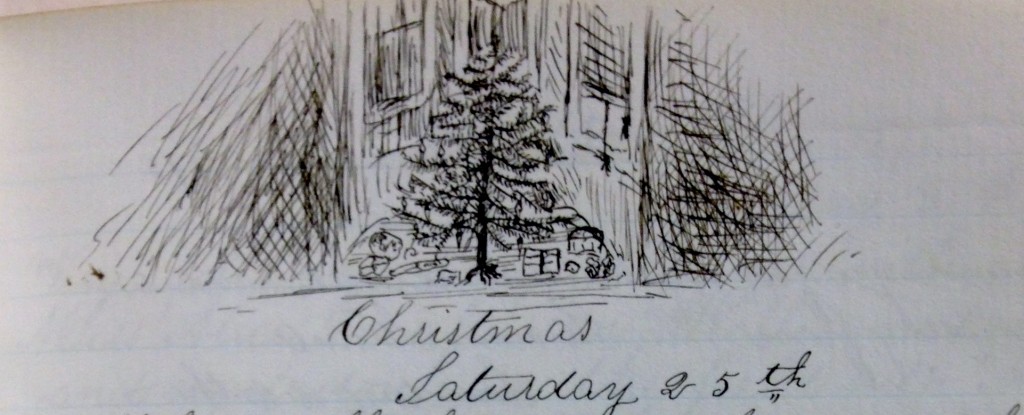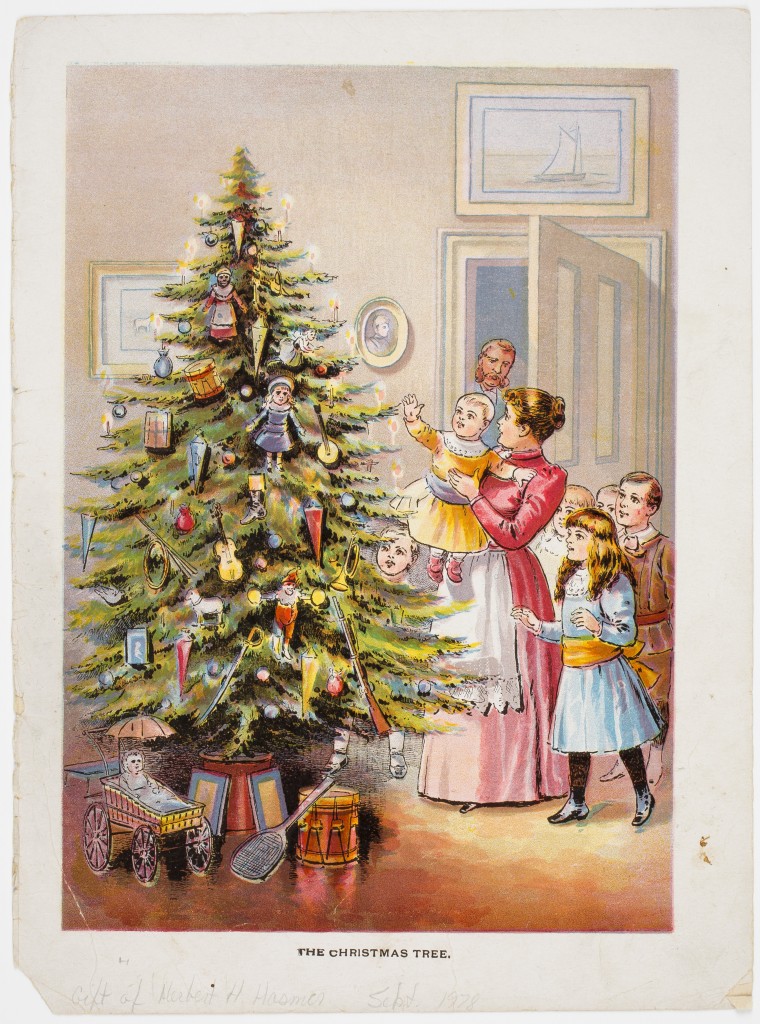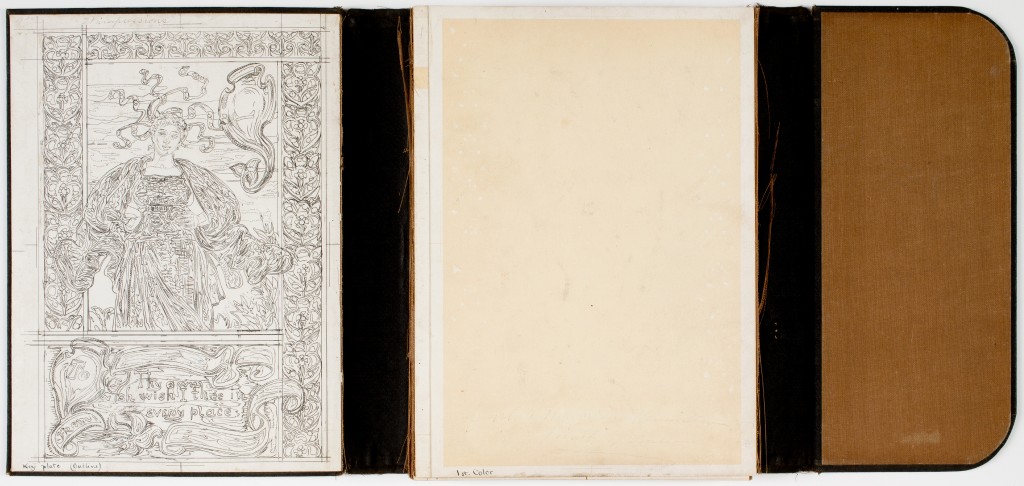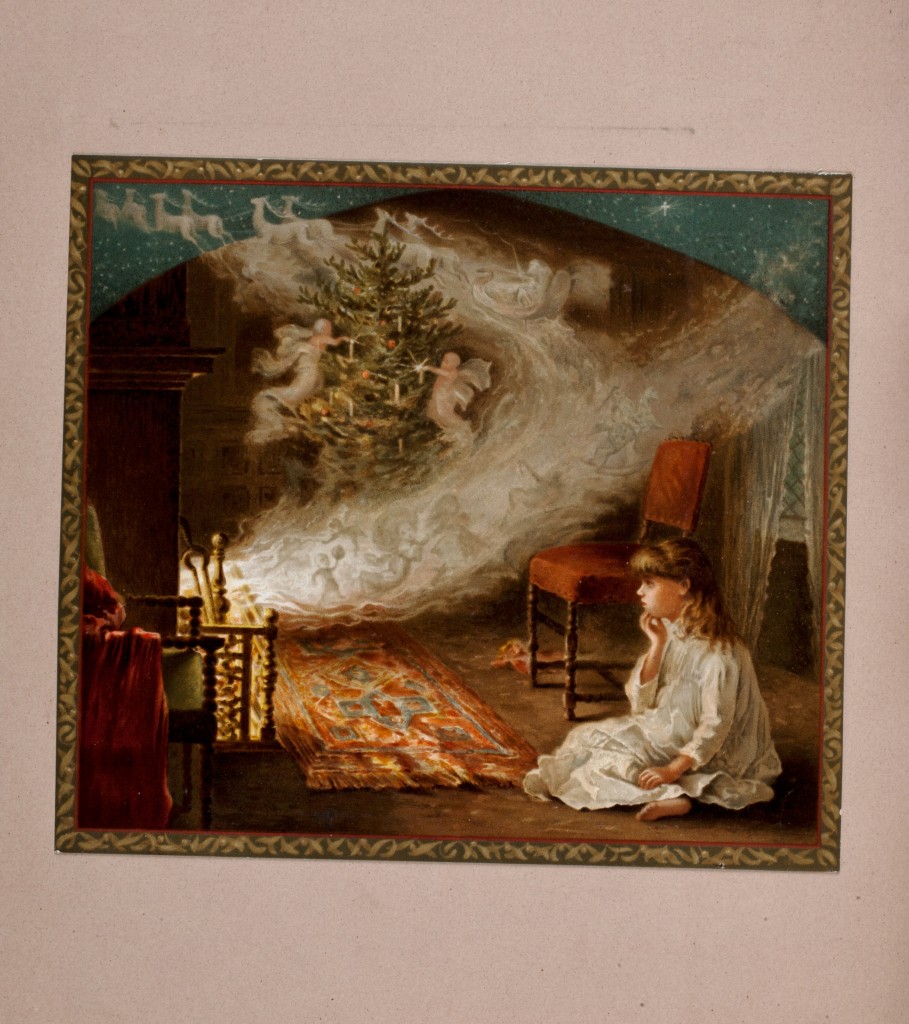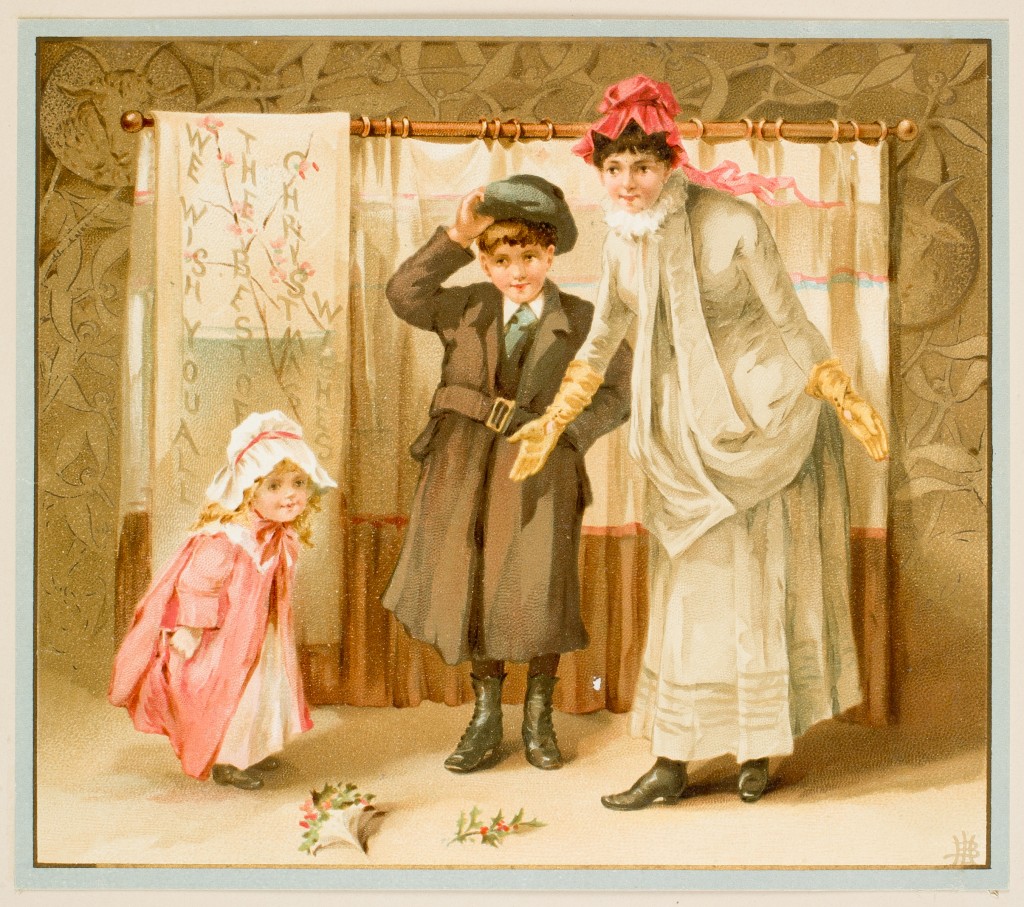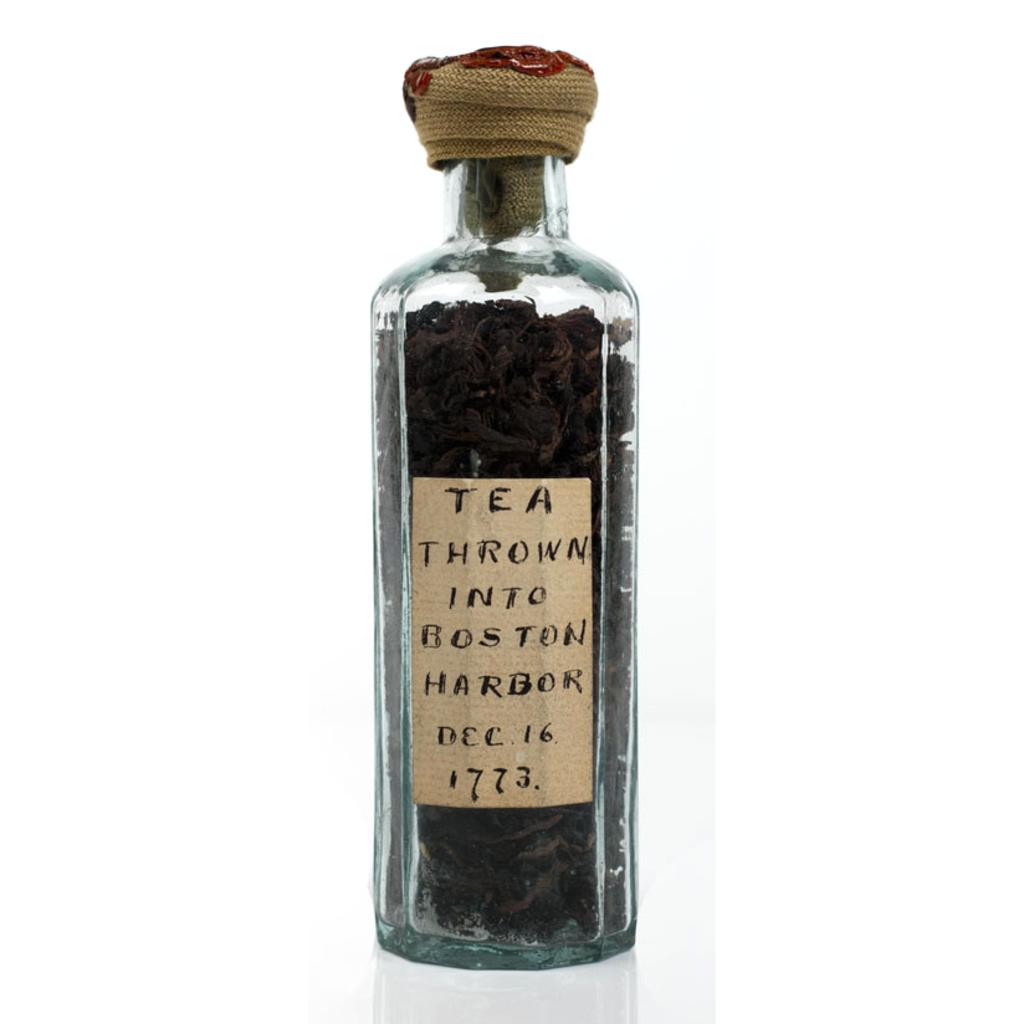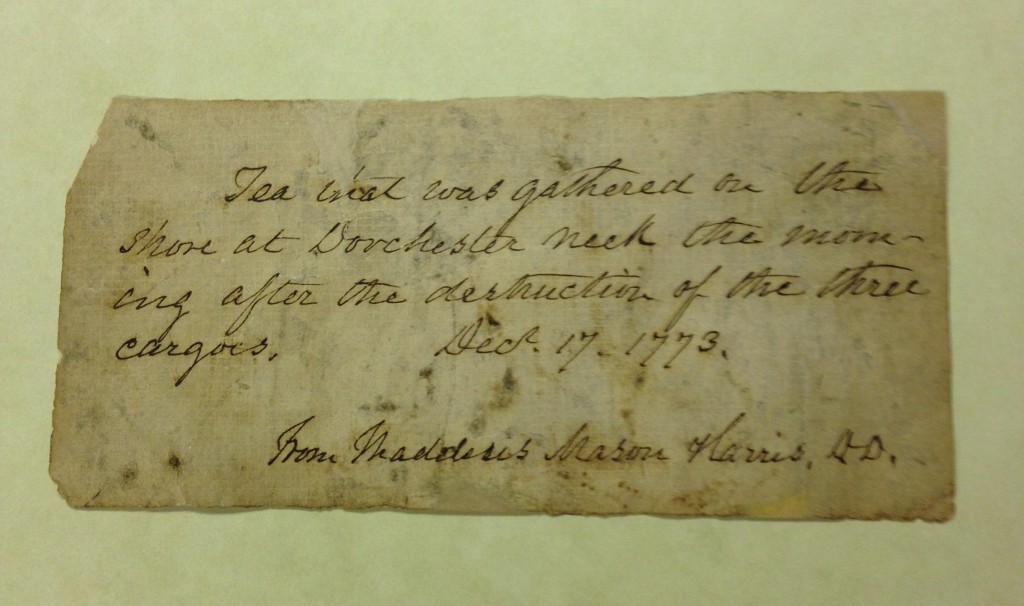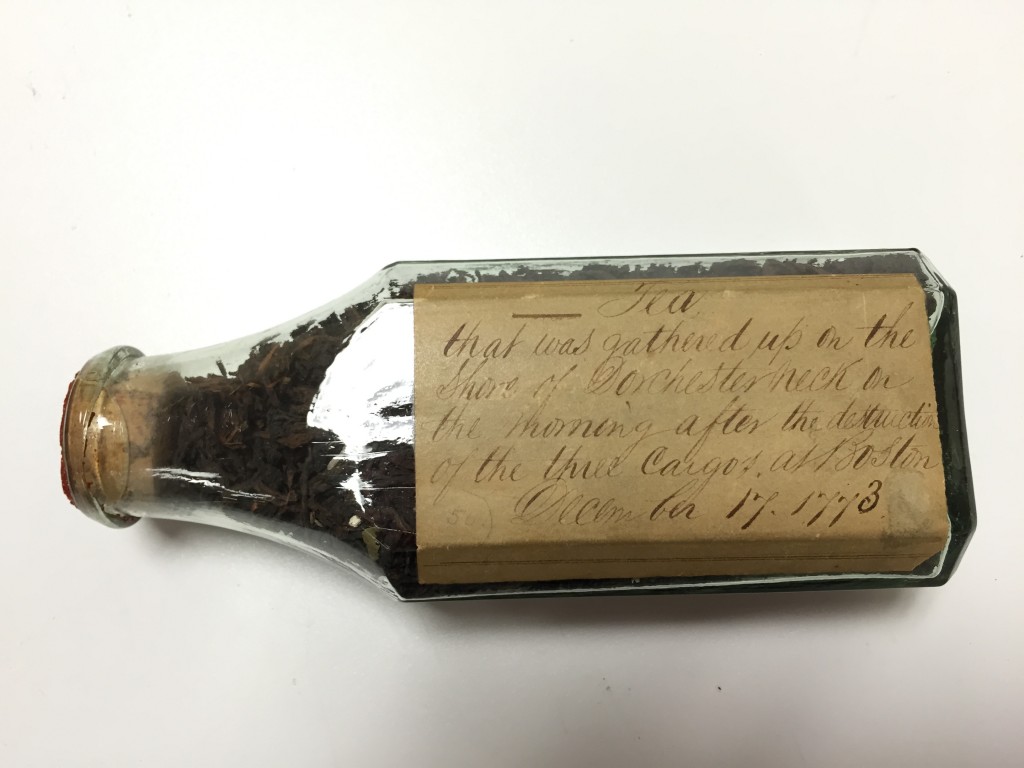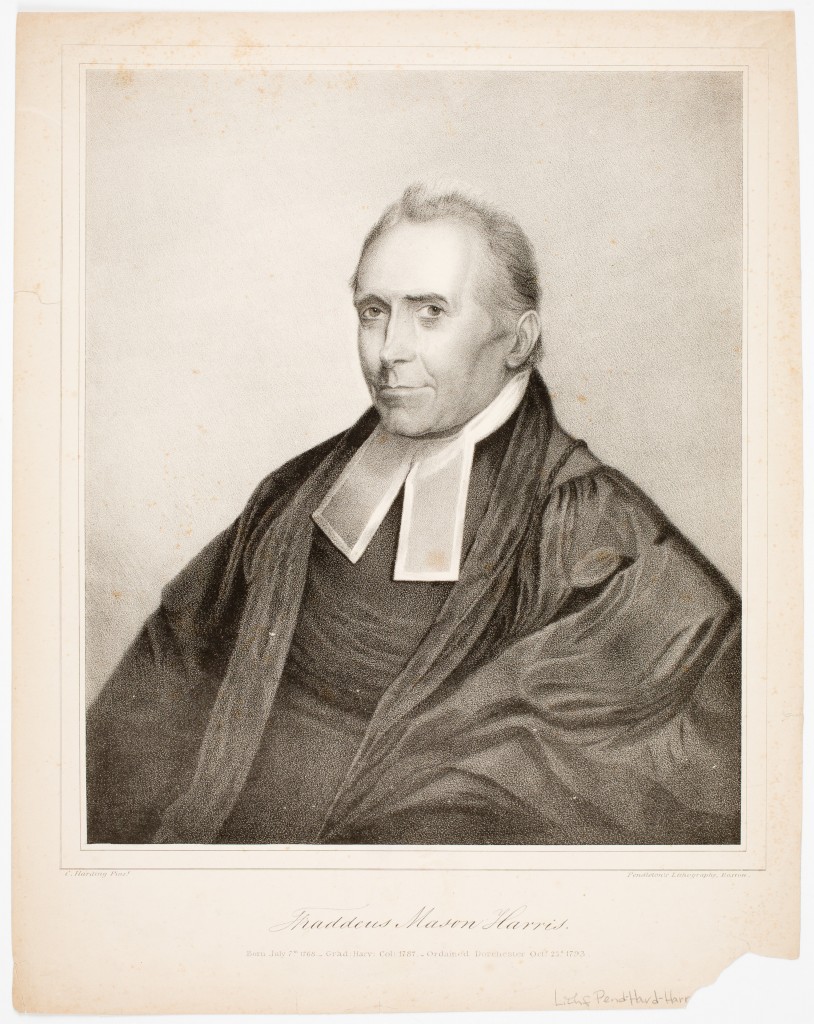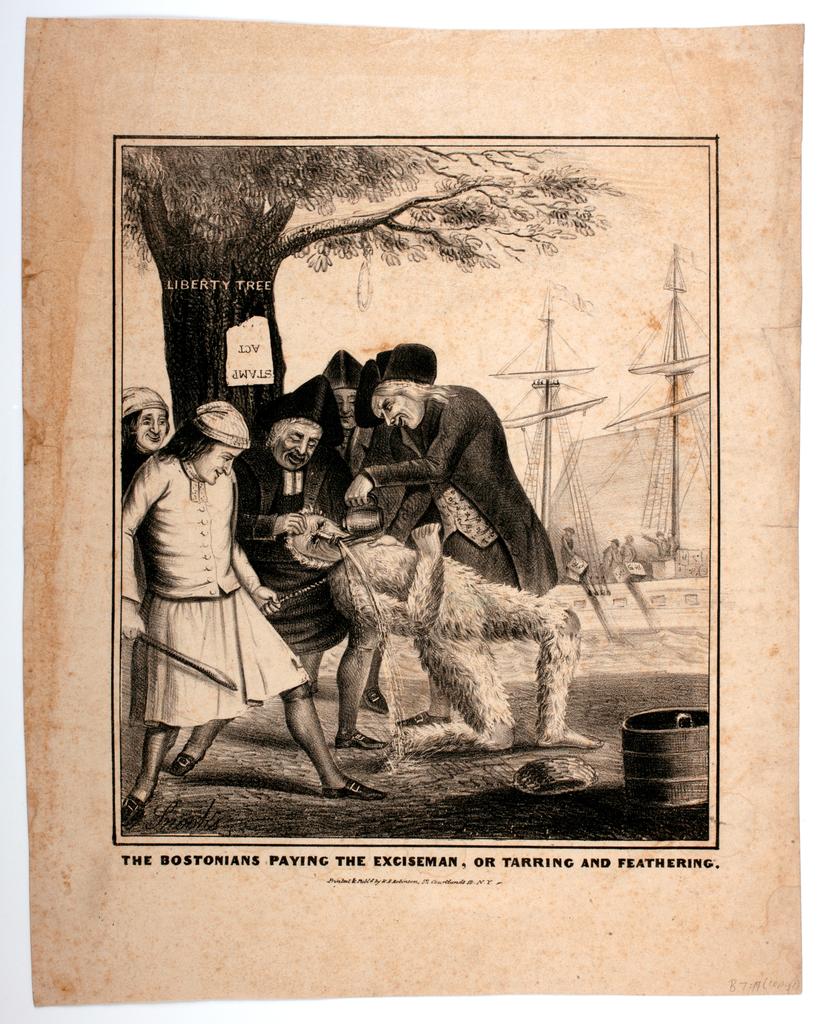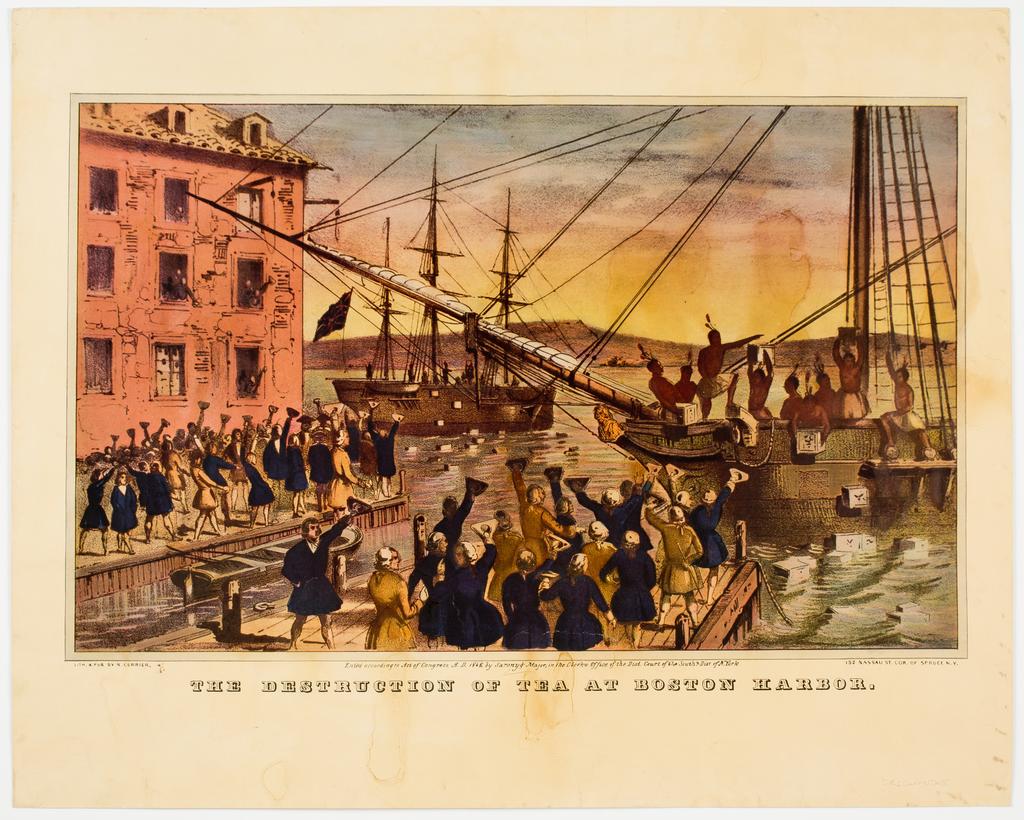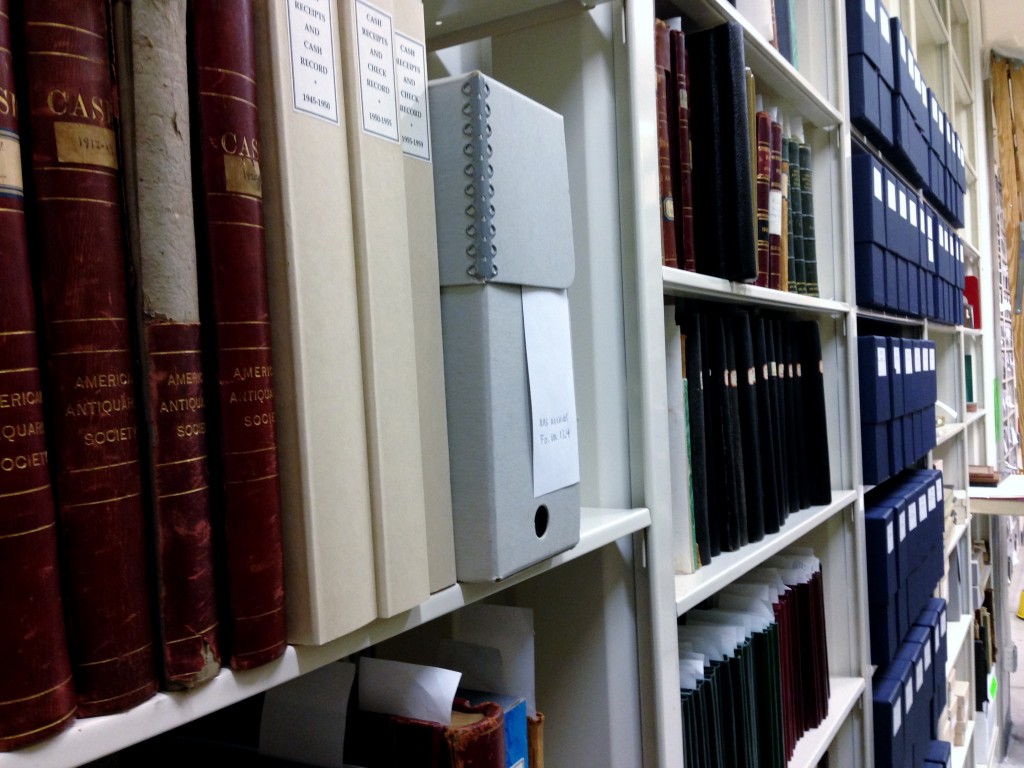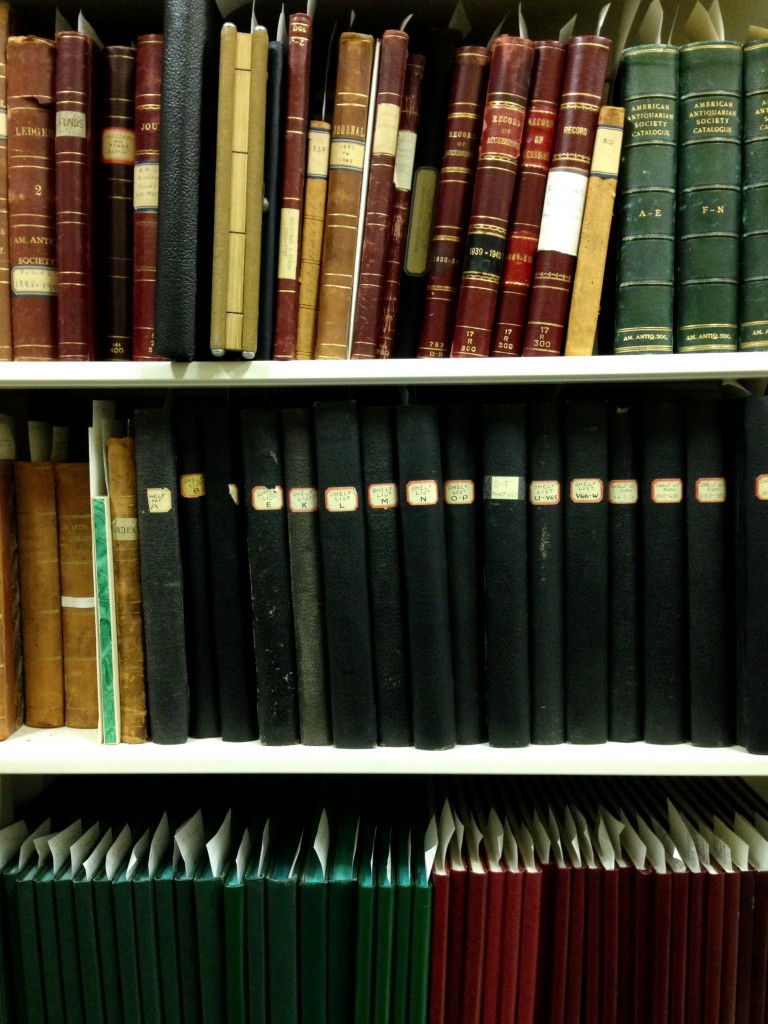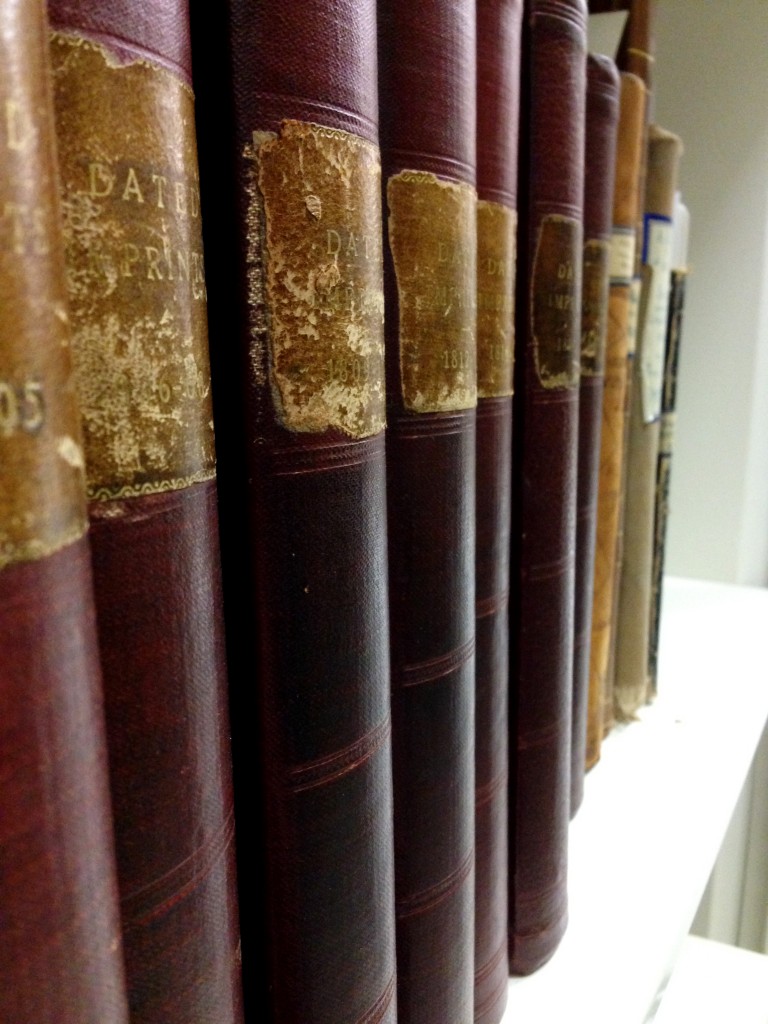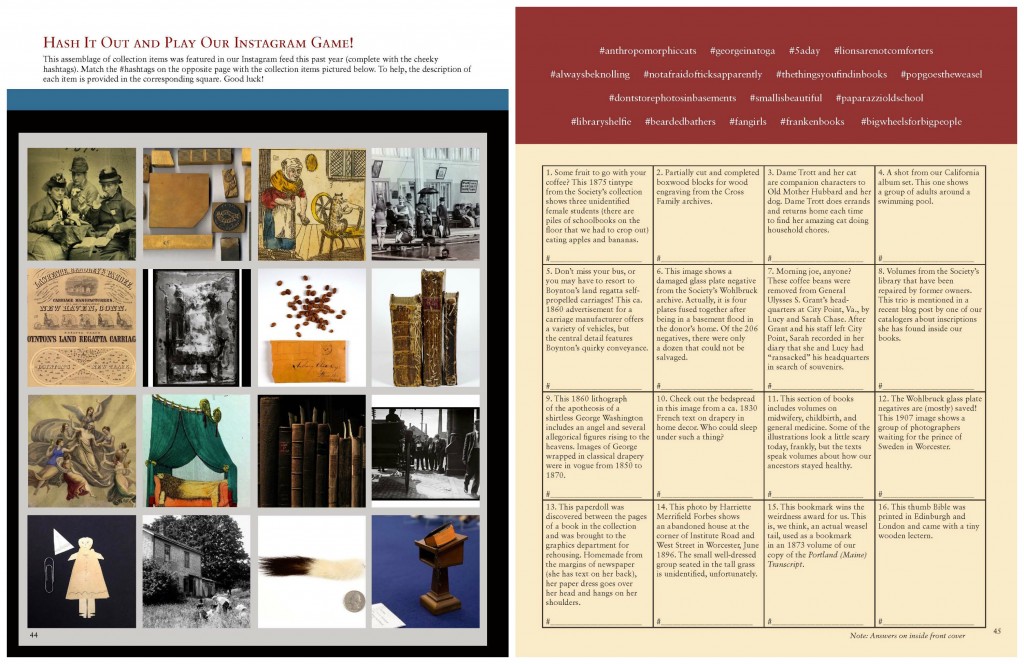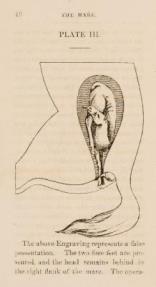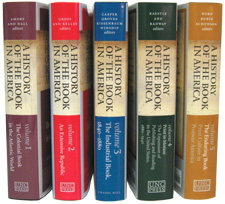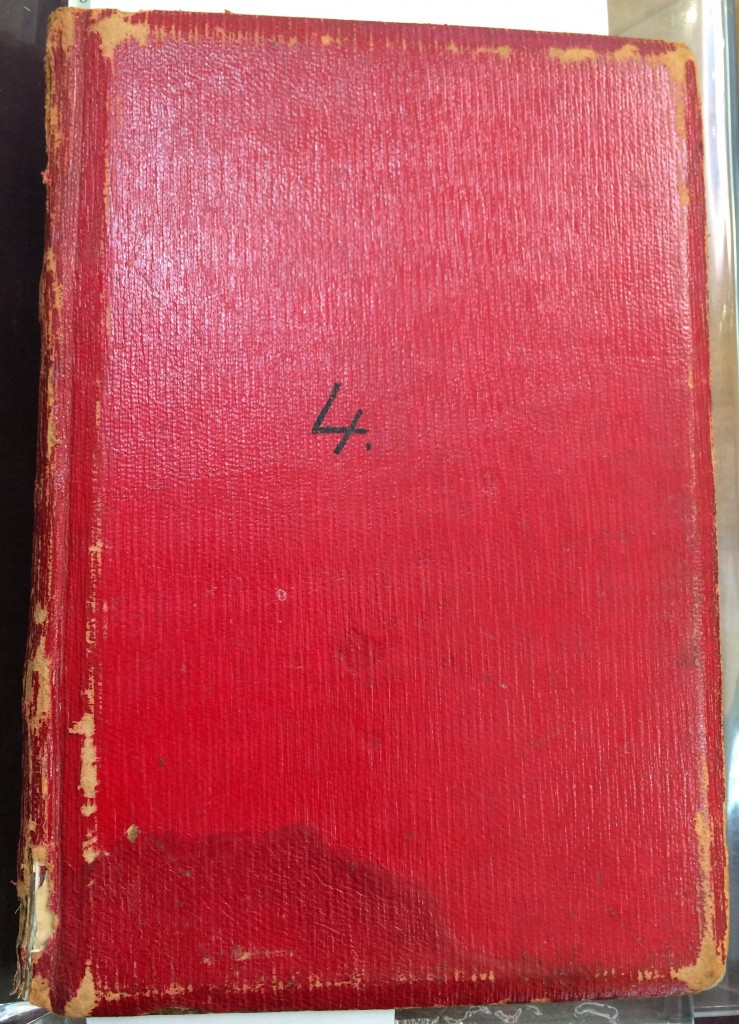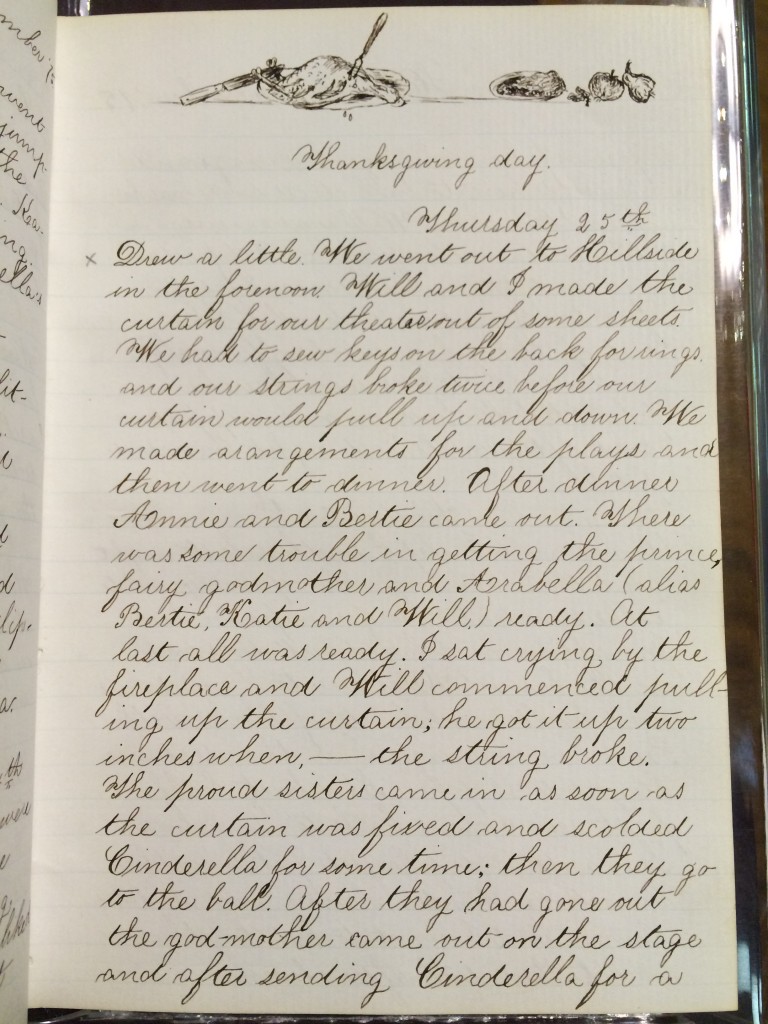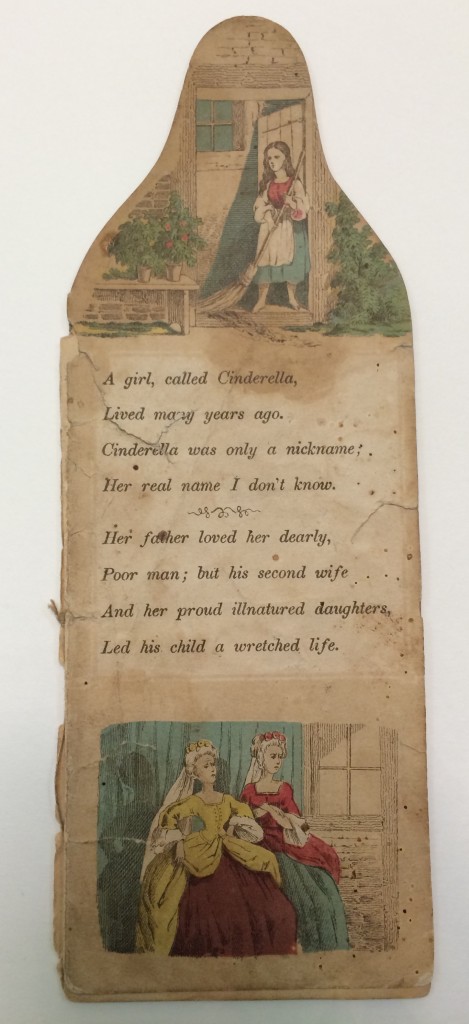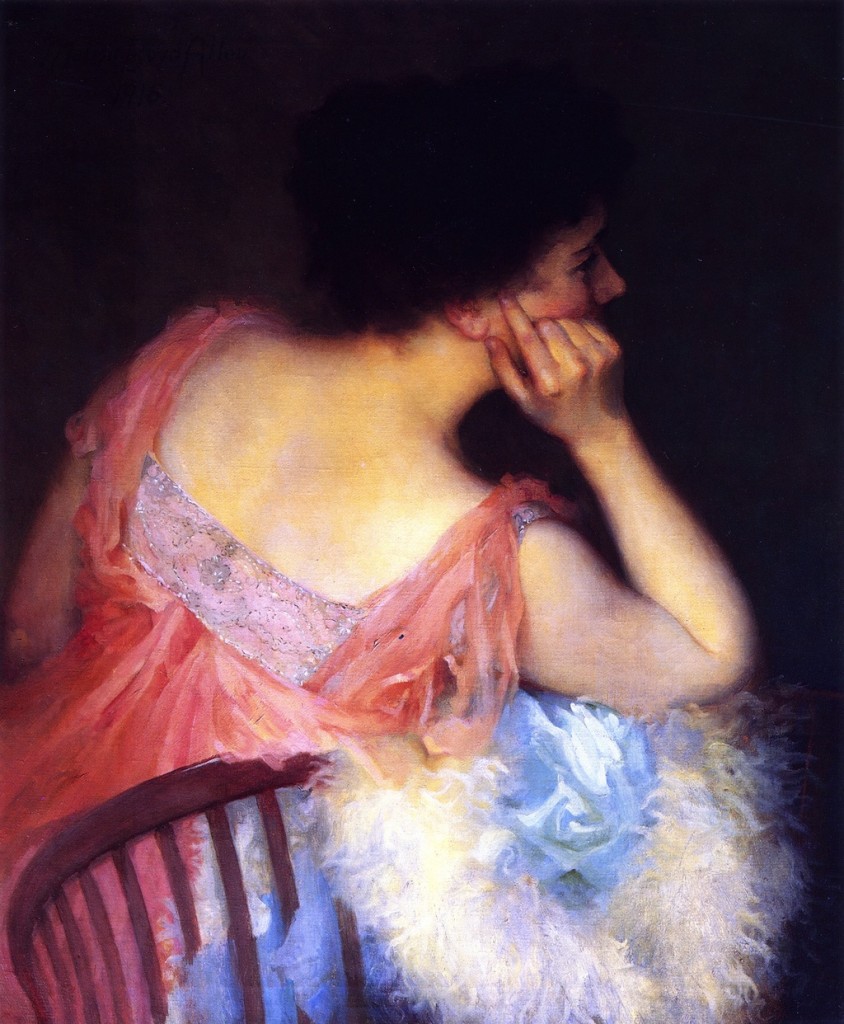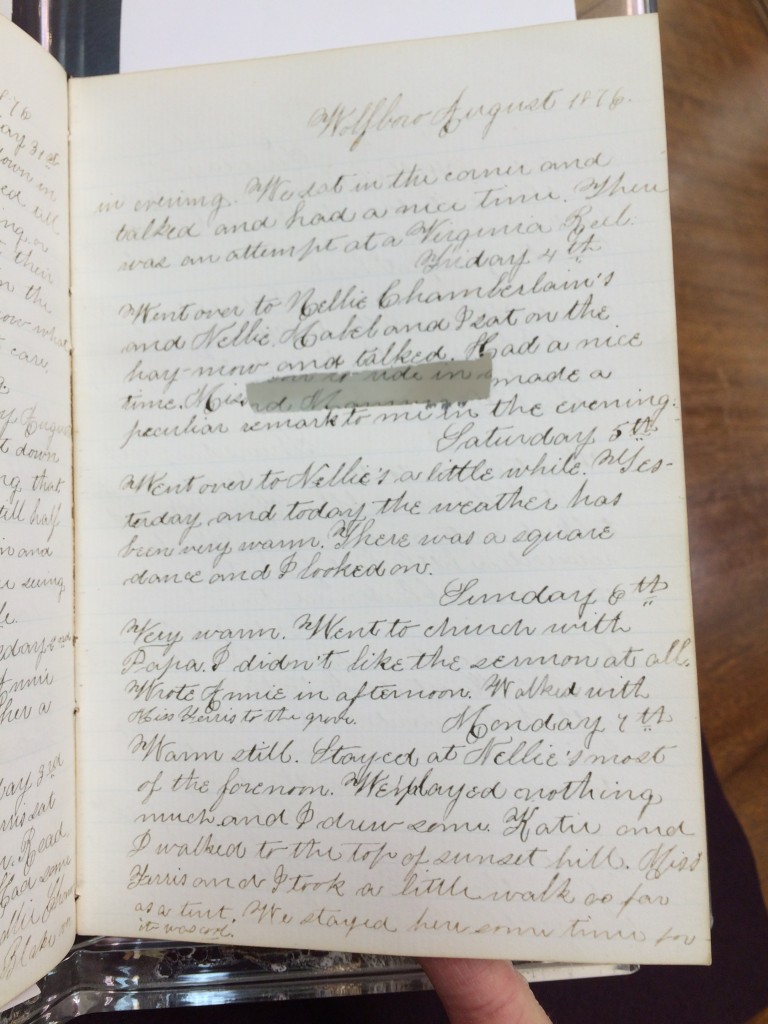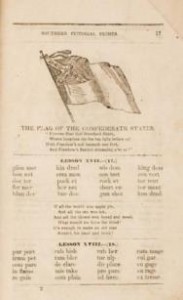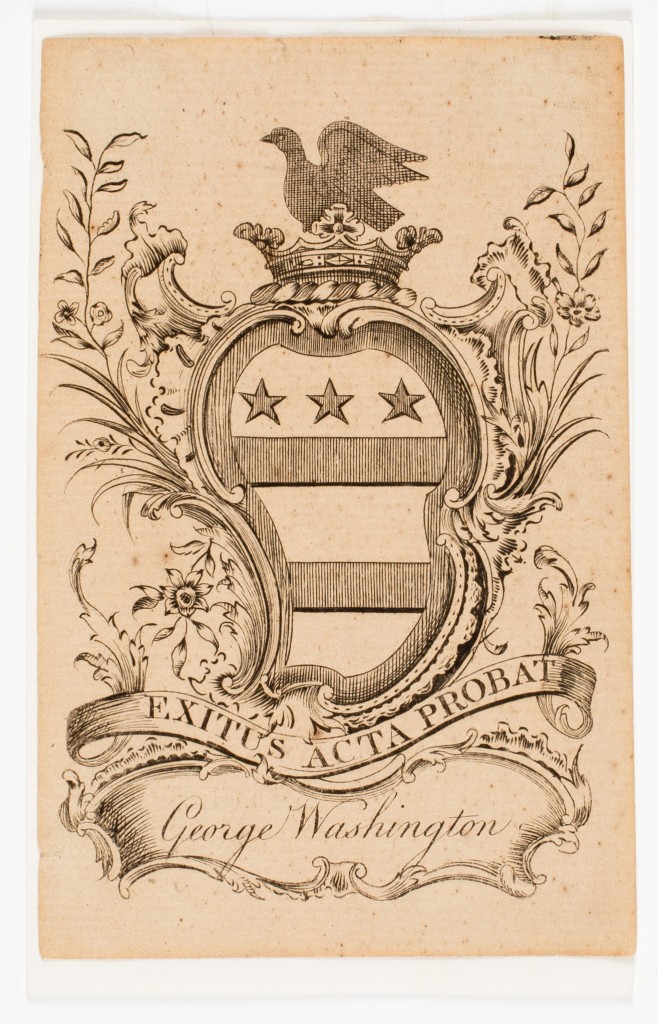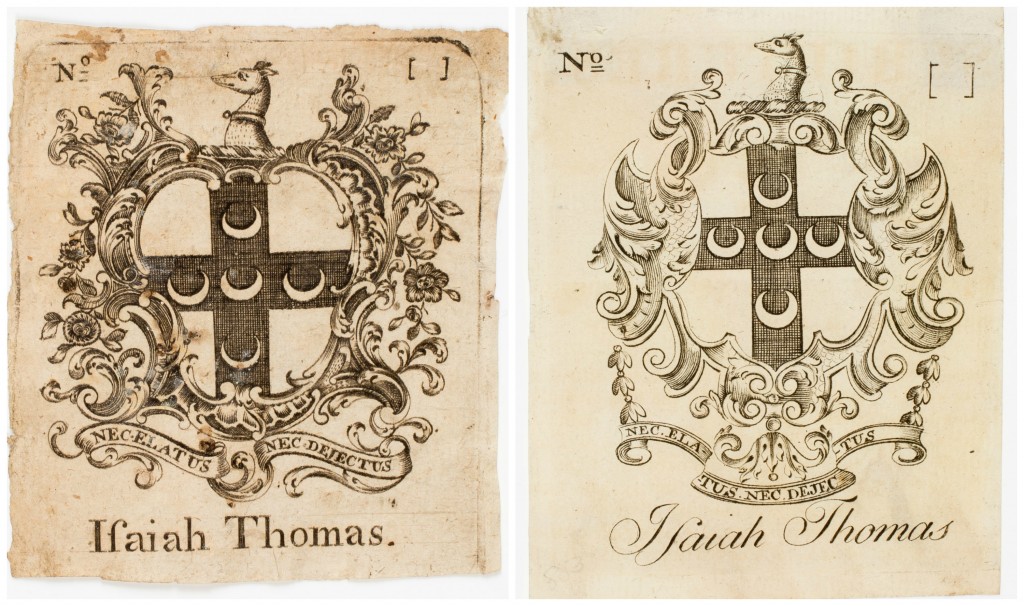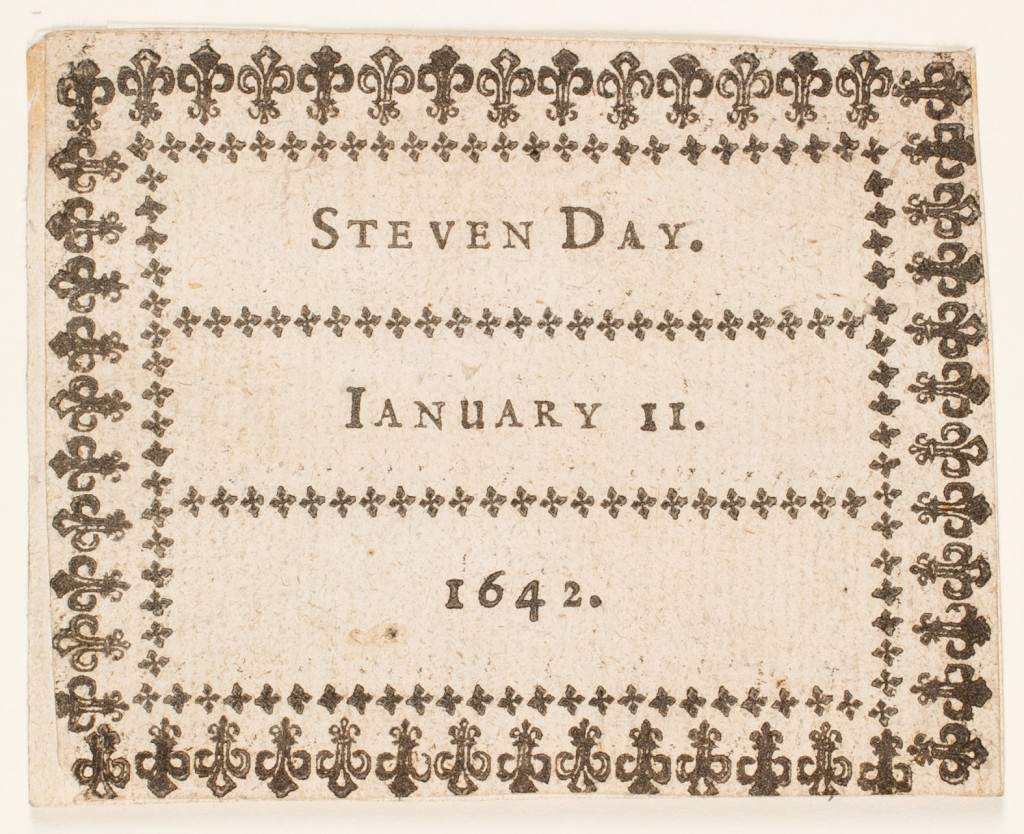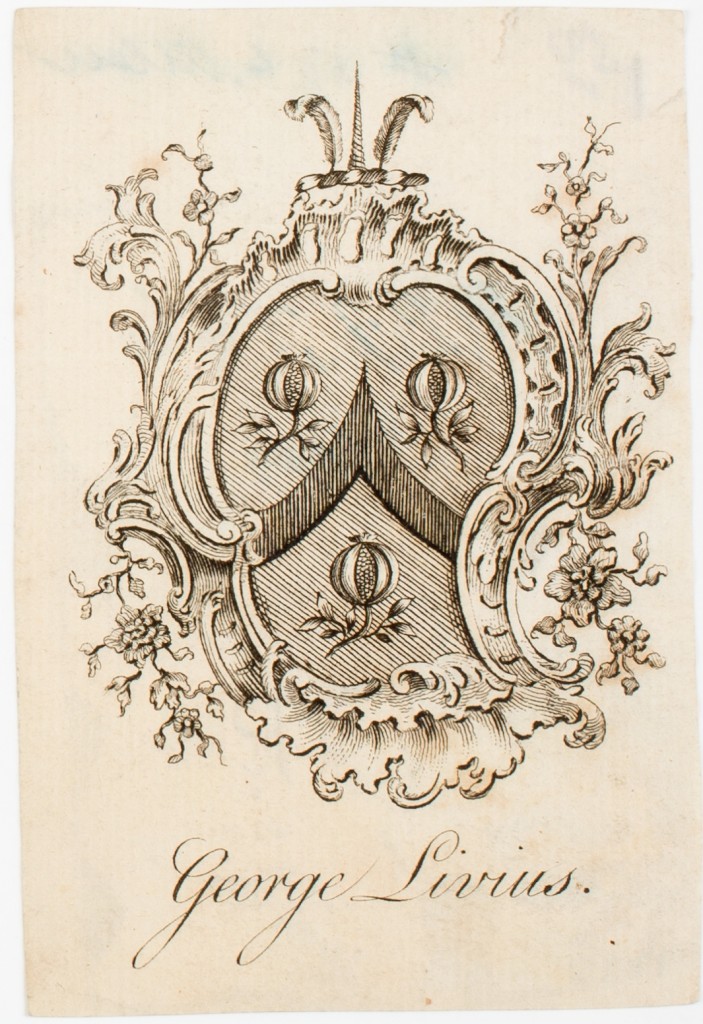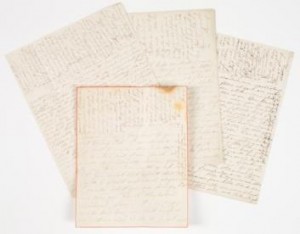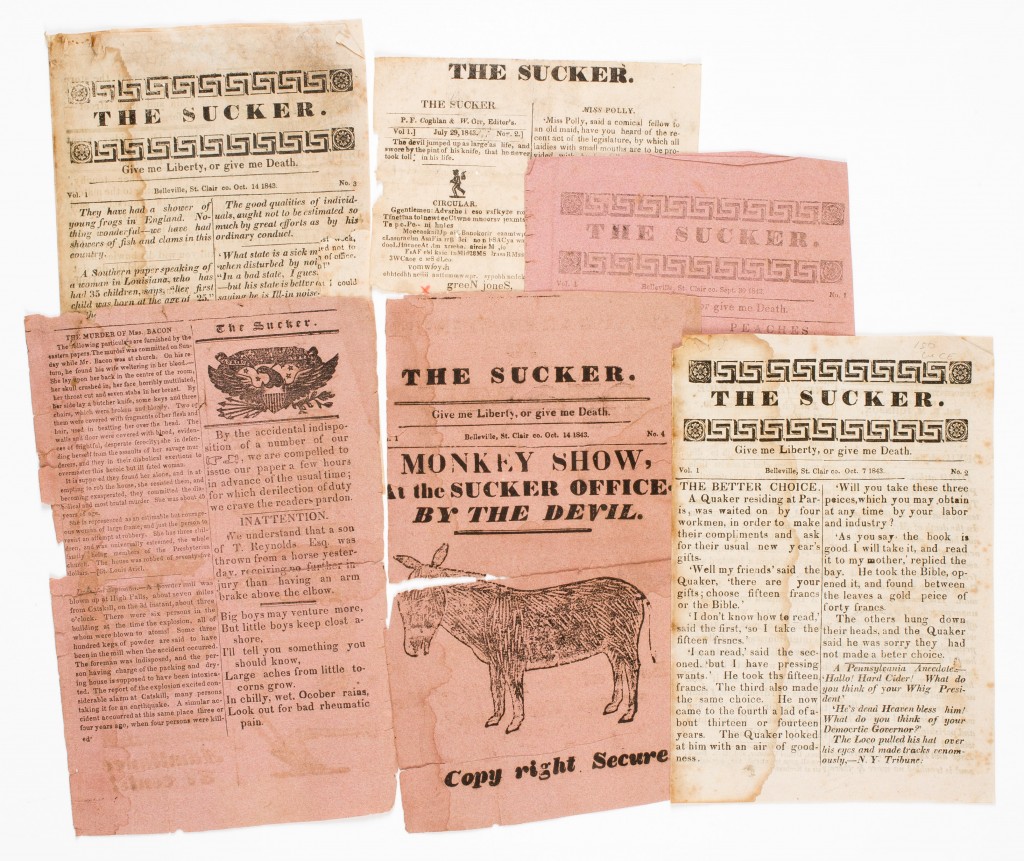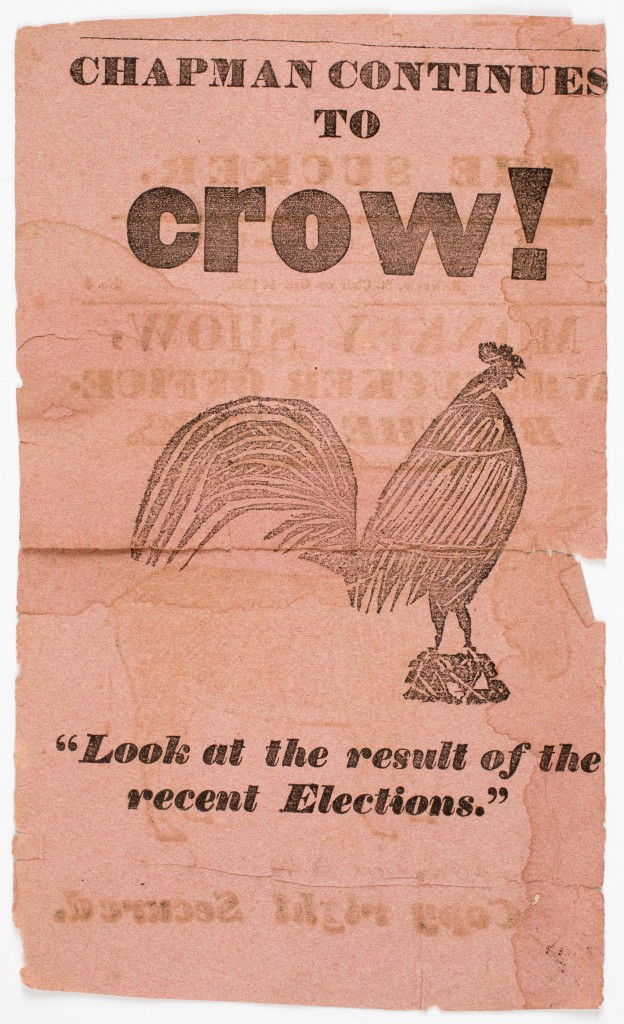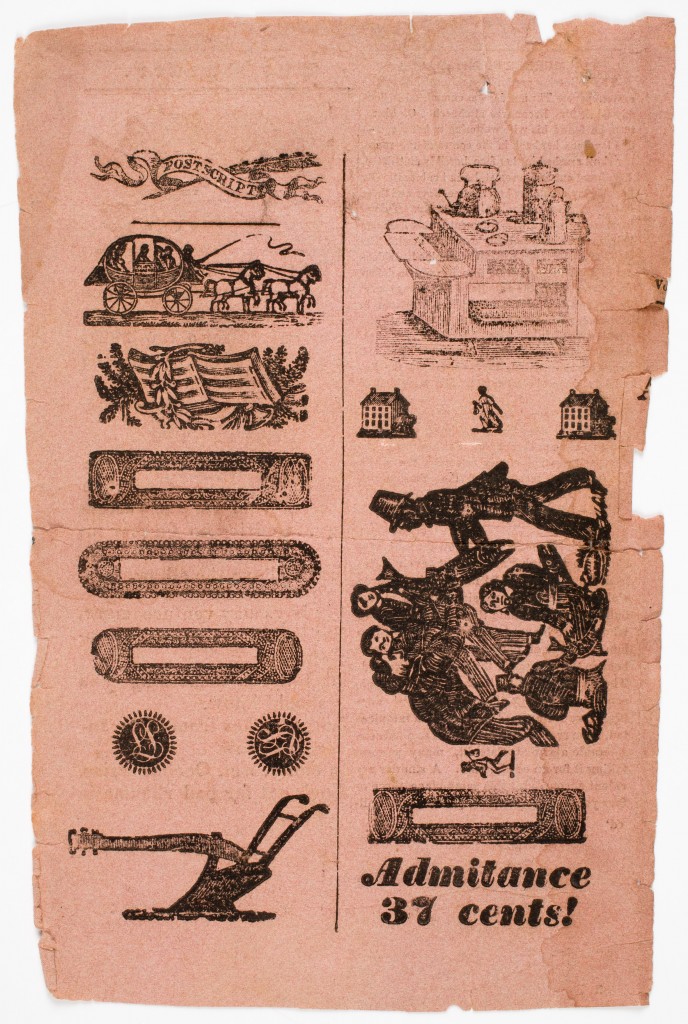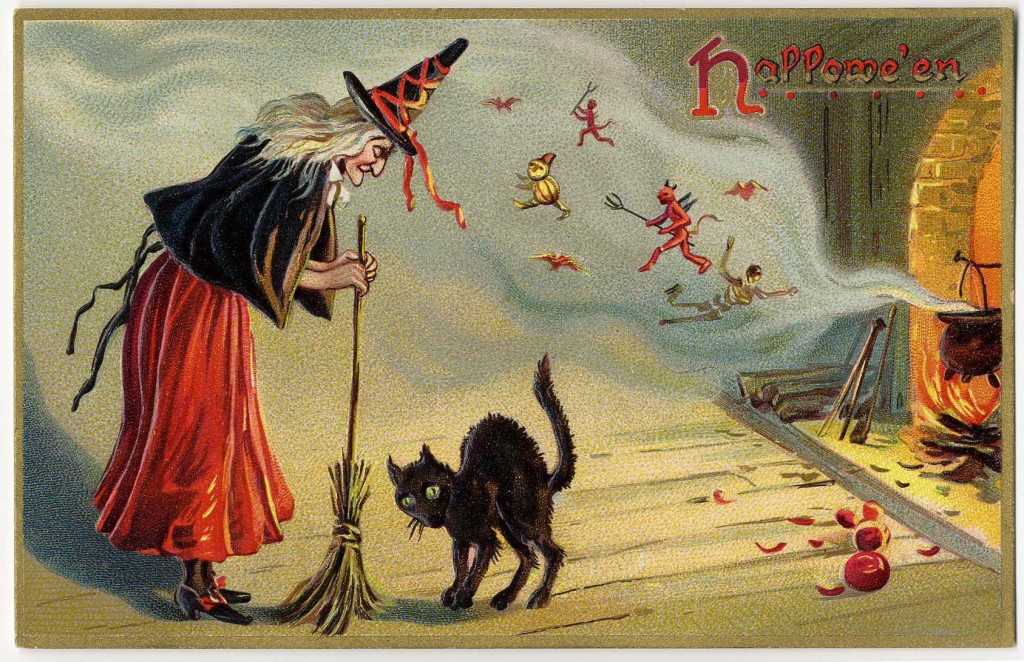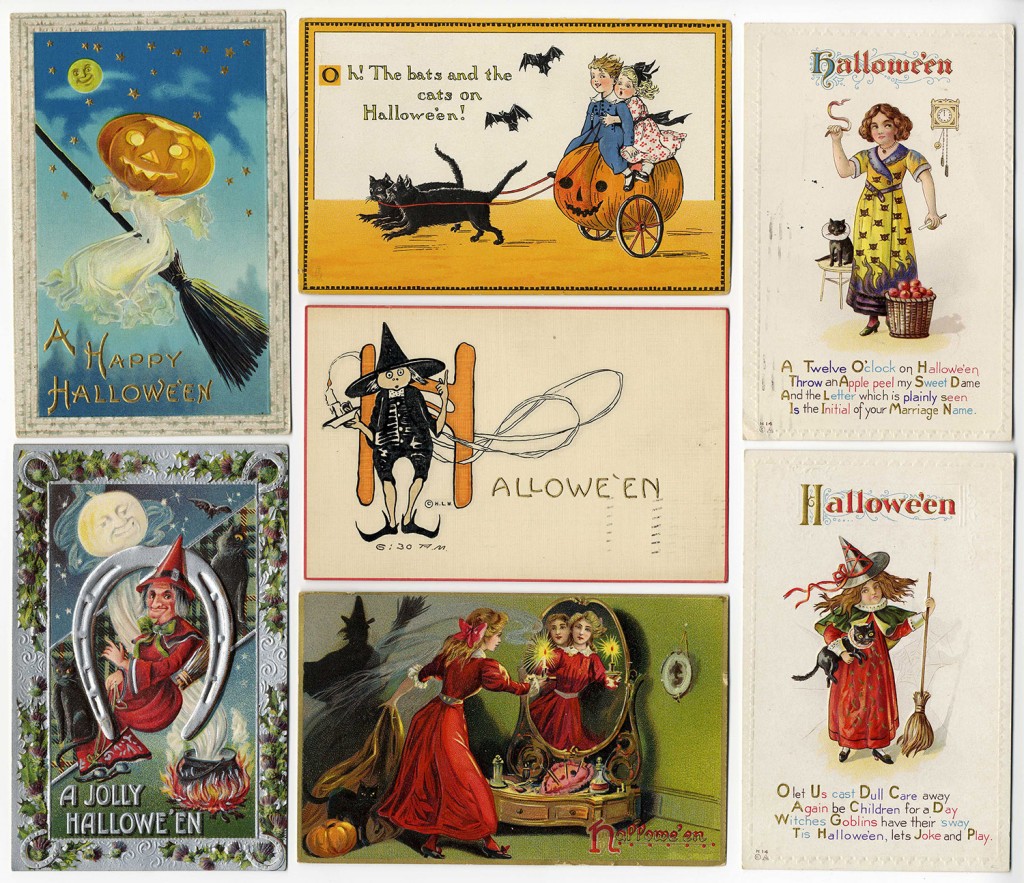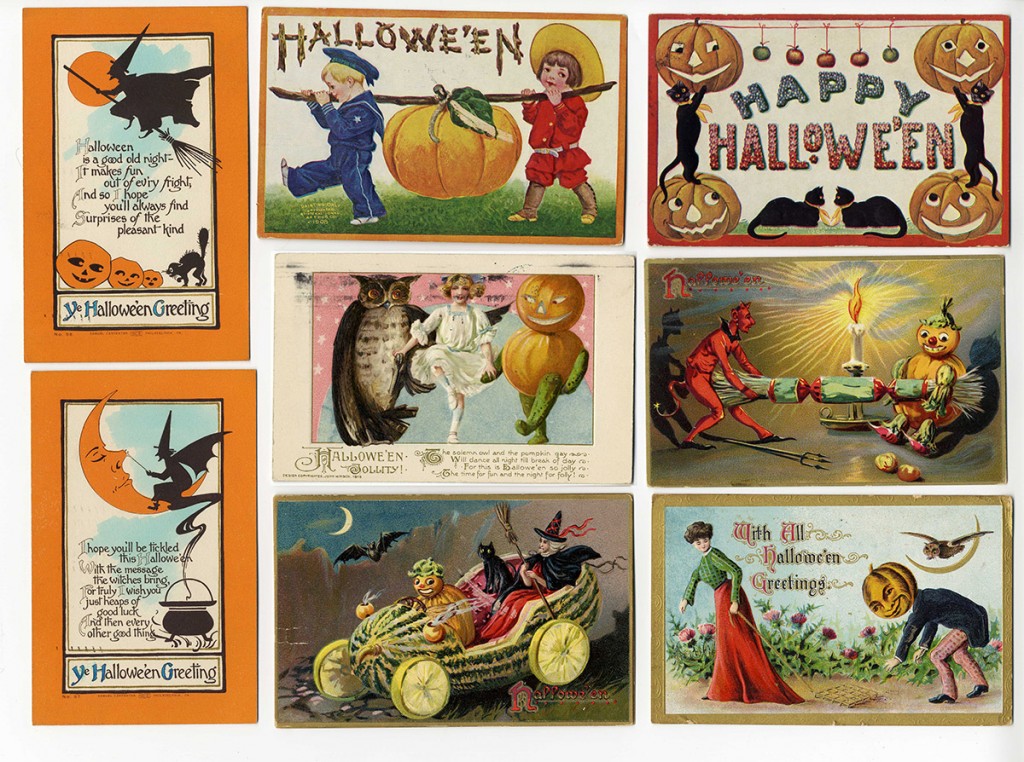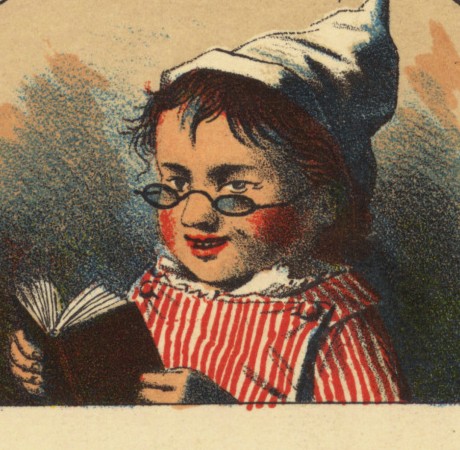 Every quarter at AAS we release a list of recent publications by those who have researched at the library as fellows, members, or readers. To see this list, as well as a list of works published from 2000-2014, please visit our recent scholarship page on the AAS website. If your book, article, or other achievement is not included, just let us know if you’d like to see it there!
Every quarter at AAS we release a list of recent publications by those who have researched at the library as fellows, members, or readers. To see this list, as well as a list of works published from 2000-2014, please visit our recent scholarship page on the AAS website. If your book, article, or other achievement is not included, just let us know if you’d like to see it there!
BOOKS
Cohen, Michael David. Reconstructing the Campus: Higher Education and the American Civil War. Charlottesville: University of Virginia Press, 2012. (AAS Graphic Arts intern, 2004)
Fisher, Julie A. and David Silverman. Ninigret, Sachem of the Niantics and Narragansetts: Diplomacy, War, and the Balance of Power in Seventeenth-Century New England and Indian Country. Ithaca: Cornell University Press, 2014. (Silverman: Mellon Post-Dissertation Fellow, 2001-2002; ASECS Fellow, 2005-2006; ASECS Fellow, 2010-2011; AAS member)
Furstenberg, Francois. When the United States Spoke French: Five Refugees who Shaped a Nation. New York: Penguin, 2014. (AAS member)
Greenspan, Ezra. William Wells Brown: An African American Life. New York: Norton, 2014. (Mellon Distinguished Scholar in Residence, 2009-2010; AAS member)
Pastore, Christopher. Between Land and Sea: The Atlantic Coast and the Transformation of New England. Cambridge: Harvard University Press, 2014. (Peterson Fellow, 2010-2011)
Schoolman, Martha. Abolitionist Geographies. Minneapolis: University of Minnesota Press, 2014. (Peterson Fellow, 2006-2007)
Sivils, Matthew Wynn. American Environmental Fiction, 1782-1847. Burlington, VT: Ashgate, 2014. (Schiller Fellow, 2012-2013)
Smith, Ryan K. Robert Morris’s Folly: The Architectural and Financial Failures of an American Founder. New Haven: Yale University Press, 2014.
Wisecup, Kelly. “Good News from New England” by Edward Winslow: A Scholarly Edition. Amherst: University of Massachusetts Press, 2014. (Peterson Fellow, 2014-2015)
ARTICLES
Anishanslin, Zara. “Producing Empire: The British Empire in Theory and Practice.” In The World of the Revolutionary American Republic: Expansion, Conflict, and the Struggle for a Continent, edited by Andrew Shankman. New York: Routledge, 2014. (CHAViC Fellow, 2013-2014)
Anthony, David. “Fantasies of Conversion: The Sensational Jewess in Poe and Hawthorne’s America.” American Literary History 26.3 (2014): 431-461. (Peterson Fellow, 1996-1997; AAS-NEMLA Fellow, 2000-2001; AAS-NEMLA, 2005-2006; AAS-NEH Fellow, 2012-2013)
Bahar, Matthew. “People of the Dawn, People of the Door: Indian Pirates and the Violent Theft of an Atlantic World.” Journal of American History 101.2 (2014): 401-426. (Legacy Fellow, 2010-2011)
Buinicki, Martin T. “The ‘need of means additional’: Walt Whitman’s Civil War Fundraising.” Walt Whitman Quarterly Review 31.4 (2014): 135-157.
Cohen, Joanna. “Promoting Pleasure as Political Economy: The Transformation of American Advertising, 1800-1850.” Winterthur Portfolio 48 (2014): 163-190. (Last Fellow, 2007-2008)
Crabtree, Sarah. “Navigating Mobility: Gender, Class, and Space at Sea, 1760-1810.” Eighteenth-Century Studies (2014): 89-106. (ASECS Fellow, 2013-2014)
Fagal, Andrew. “American Arms Manufacturing and the Onset of the War of 1812.” New England Quarterly 87.3 (2014): 526-537. (Peterson Fellow, 2013-2014)
Hardy, Molly O’Hagan. “Figures of Authorship in Mathew Carey’s Transatlantic Yellow Fever Pamphlets, 1793-1795.” Book History 17 (2014): 221-249. (NeMLA Fellow, 2012-2013; AAS staff)
Keyes, Carl. “History Prints, Newspaper Advertisements, and Cultivating Citizen Consumers: Patriotism and Partisanship in Marketing Campaigns in the Era of Revolution.” American Periodicals: A Journal of History, Criticism, and Bibliography 24.2 (2014): 145-185.
Keyes, Carl. “Introduction: Advertising in American Periodicals before Madison Avenue.” American Periodicals: A Journal of History, Criticism, and Bibliography 24.2 (2014): 105-109.
LaFleur, Greta. “Sex and ‘Unsex’: Histories of Gender Trouble in Eighteenth-Century North America.” Early American Studies 12.3 (2014). (Peterson Fellow, 2013-2014)
Rockman, Seth. “What Makes the History of Capitalism Newsworthy?” Journal of the Early Republic 34.3 (2014): 439-466. (AAS-NEH Fellow, 2006-2007; AAS member)
Trainor, Sean. “Fair Bosom/Black Beard: Facial Hair, Gender Determination, and the Strange Career of Madame Clofullia, ‘Bearded Lady’.” Early American Studies 12.3 (2014): 548-575. (Peterson Fellow, 2013-2014)
Wood, Kirsten. “‘Join with Heart and Soul and Voice’: Music, Harmony, and Politics in the Early American Republic.” Journal of American History 119.4 (2014): 1083-1116.
AWARDS
John Demos’s book The Heathen School made the longlist for the 2014 National Book Award. (Mellon Distinguished Scholar in Residence, 2012; AAS member)
Ellen Gruber Garvey received the Highly Commended Award of the DeLong Book History Prize at the 2014 conference of the Society for the History of Authorship, Reading and Publishing for her 2013 book, Writing with Scissors: American Scrapbooks from the Civil War to the Harlem Renaissance. (Peterson Fellow, 2008-2009)
Britt Rusert received finalist mention for the 2014 Constance Rourke Prize by the American Studies Association for her 2013 American Quarterly essay, “Delany’s Comet: Fugitive Science and the Speculative Imaginary of Emancipation.” (2011-2012 Peterson Fellow)

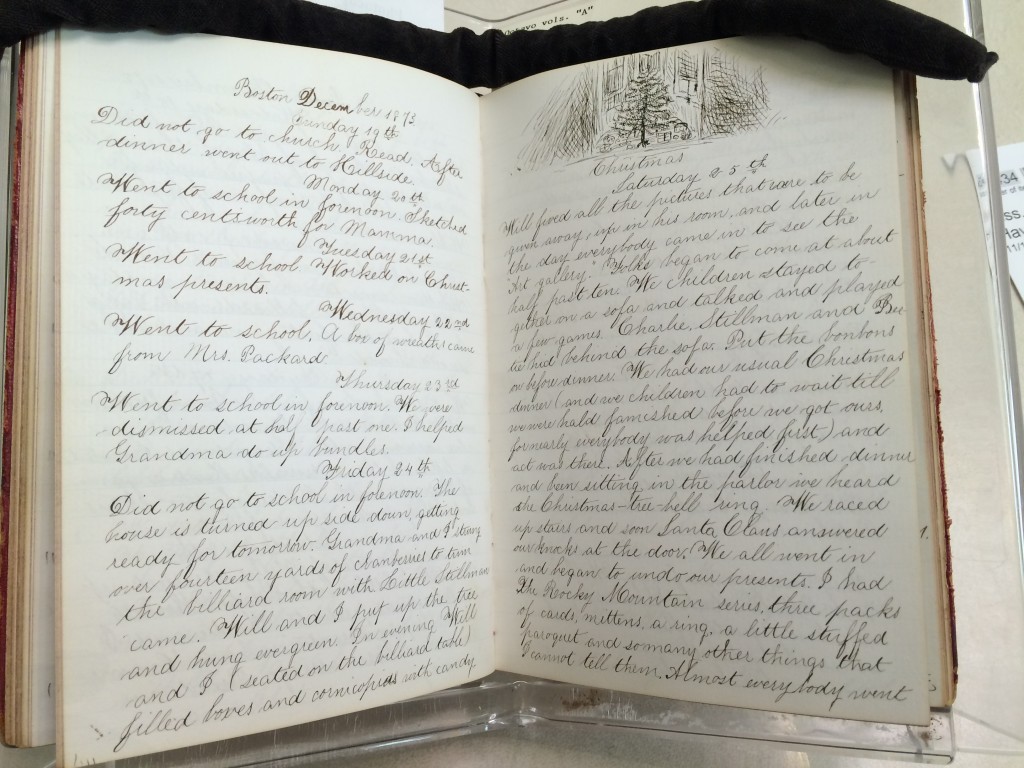 Last month we took a look at
Last month we took a look at 